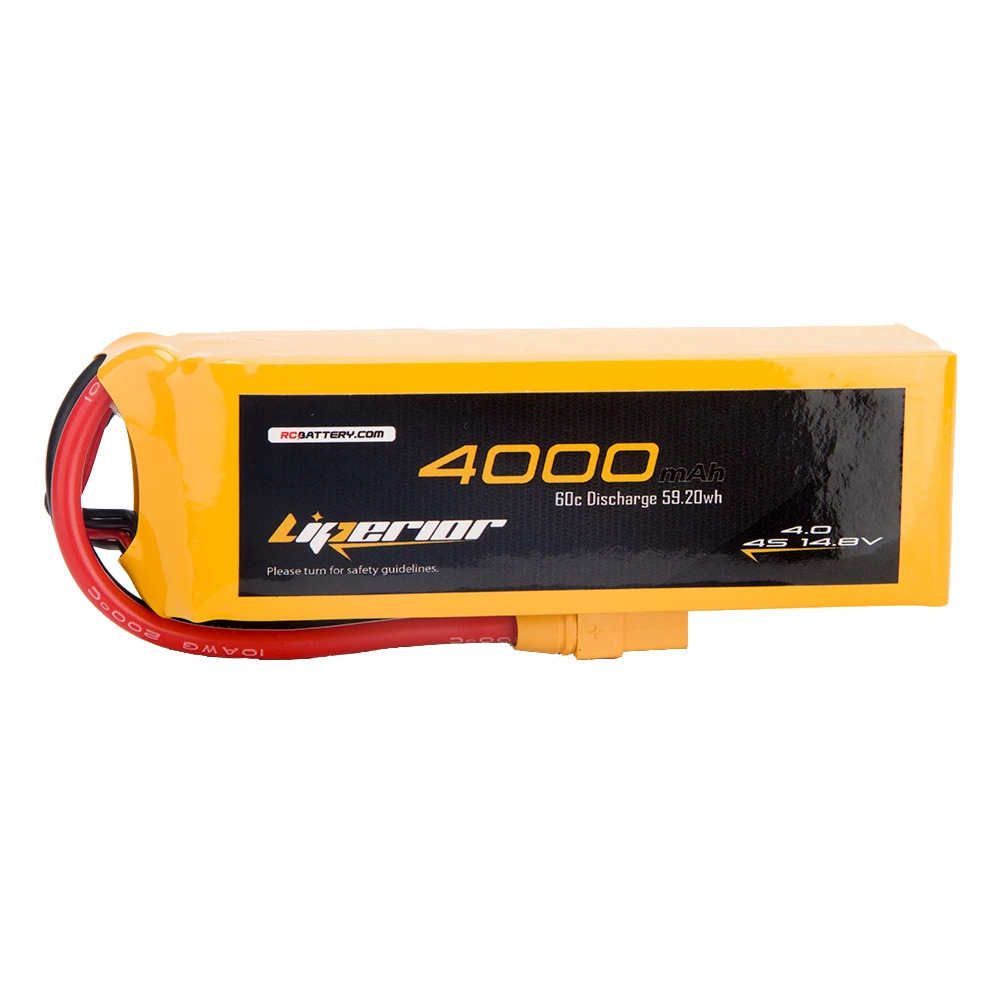The drone market is expanding rapidly, fueled by advancements in technology and growing demand across various industries. Drones are used in lots of industries like farming, delivering packages, healthcare, and travel. This means there are lots of chances for companies to make drone parts, especially batteries. But, batteries for drones have changed a lot over time. They started with NiMH, then moved to LiPo, and now they are mostly Li-ion. These changes made airplane batteries better, giving them more power and lasting longer.
So, let’s learn more about this technological revolution.
The Early Stages:
Before lithium-ion batteries became widespread, drones utilised Nickel Metal Hydride (NiMH) and Lithium-Polymer (LiPo) batteries. These RC batteries served as the backbone for drone operation, yet they faced challenges in terms of energy density, weight, and overall performance.
In brief –
- NiMH batteries: Boast improved energy density compared to previous models. But they were burdened by their relatively heavy weight and constrained discharge rates.
- LiPo batteries: Superior energy density, discharge capabilities, extended flight durations, and enhanced manoeuvrability.
However, both the batteries were plagued by issues such as self-discharge, limited lifespan, and the potential for thermal runaway.
The Rise:
Lithium-ion (Li-ion) batteries changed the drone world a lot. They are better than older batteries in many ways. Li-ion batteries can store more power in a smaller size because they have higher energy density. They also lose power more slowly when they are stored, so they stay charged up for longer. Plus, Li-ion batteries can be recharged and used lots of times without getting much worse.
These rc batteries can hold a lot of energy compared to other types, which means drone makers can design sleek and fast models that can fly for a long time. Also, Li-ion batteries give a steady amount of power until they are all used up, so drones perform well throughout their flight.
Enter Lithium-ion Batteries:
Innovation never stops. Engineers are always trying to make drone technology better for the future.
- Energy Density: Even though Li-ion batteries were better than older ones, scientists wanted to make them even better. They looked into new materials and ways to make batteries to store even more energy. If they succeed, drones could fly even farther without needing to be charged.
- Safety: At first, people worried a lot about Li-ion batteries catching fire, not just in drones but in other things too. But now, technology has made it so they’re safer and less likely to overheat.
- Cycle Life: As drones became more popular for business use, people wanted batteries that could last longer. So, companies started making airplane batteries that could be charged and used lots of times without getting much worse.
- Fast Charging: As more businesses started using drones, they needed batteries that could charge up quickly. So, engineers are working on making Li-ion batteries that can charge even faster to meet people’s needs.
The Future:
The future of drone technology looks bright. Especially with the advancements in lithium-ion batteries, we expect to take great strides in drone technology. These airplane batteries are already undergoing big changes that will completely change how drones work in the near future.
One exciting area of research is solid-state batteries. They promise to store more energy, charge faster, and be safer. If successful, they could make drones fly longer and need less time to recharge.
Another potential change is using hybrid systems that combine lithium-ion batteries with other technologies like supercapacitors. This would give drones more power for different tasks and make them perform better in different situations. Also, there’s work being done on wireless charging, which could let drones recharge while flying or land on charging pads automatically.
Lastly, with more focus on being environmentally friendly, there’s a push for batteries that are eco-friendly and recyclable. This is good news because it means drone technology is moving towards being better for the environment.
The bottom line is that, as the industry keeps growing, the future of RC batteries looks promising, offering safer, more efficient, and eco-friendly aerial operations.
Final Word:
The progress of drone battery tech has been impressive, and lithium batteries have been a big part of it. Starting from NiMH and LiPo, drones have gotten a lot better because of lithium-ion batteries. These batteries are better because they store more energy, are safer, and make drones perform better overall.
But there’s still more to come, and new battery tech could change how drones are used in different industries. Whether it’s longer flights, faster charging, or safer operations, lithium-ion batteries are shaping the future of drone technology and making drones more useful.
RC Battery is a top maker of lithium-ion drone batteries. They have lots of batteries for different drone uses like surveillance, delivery, and farming. So, feel free to check out their drone battery collections, which are known for high quality, lasting a long time, and having good prices.

